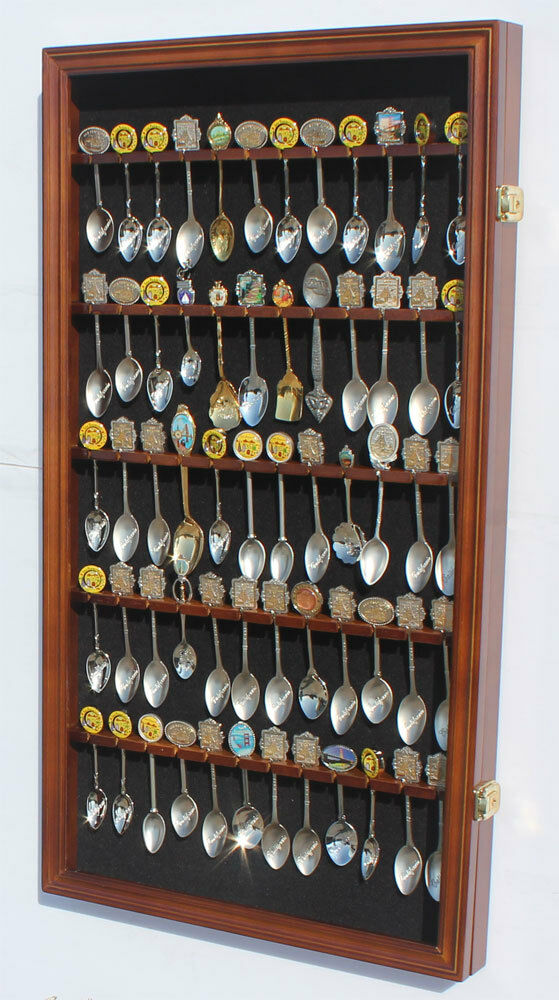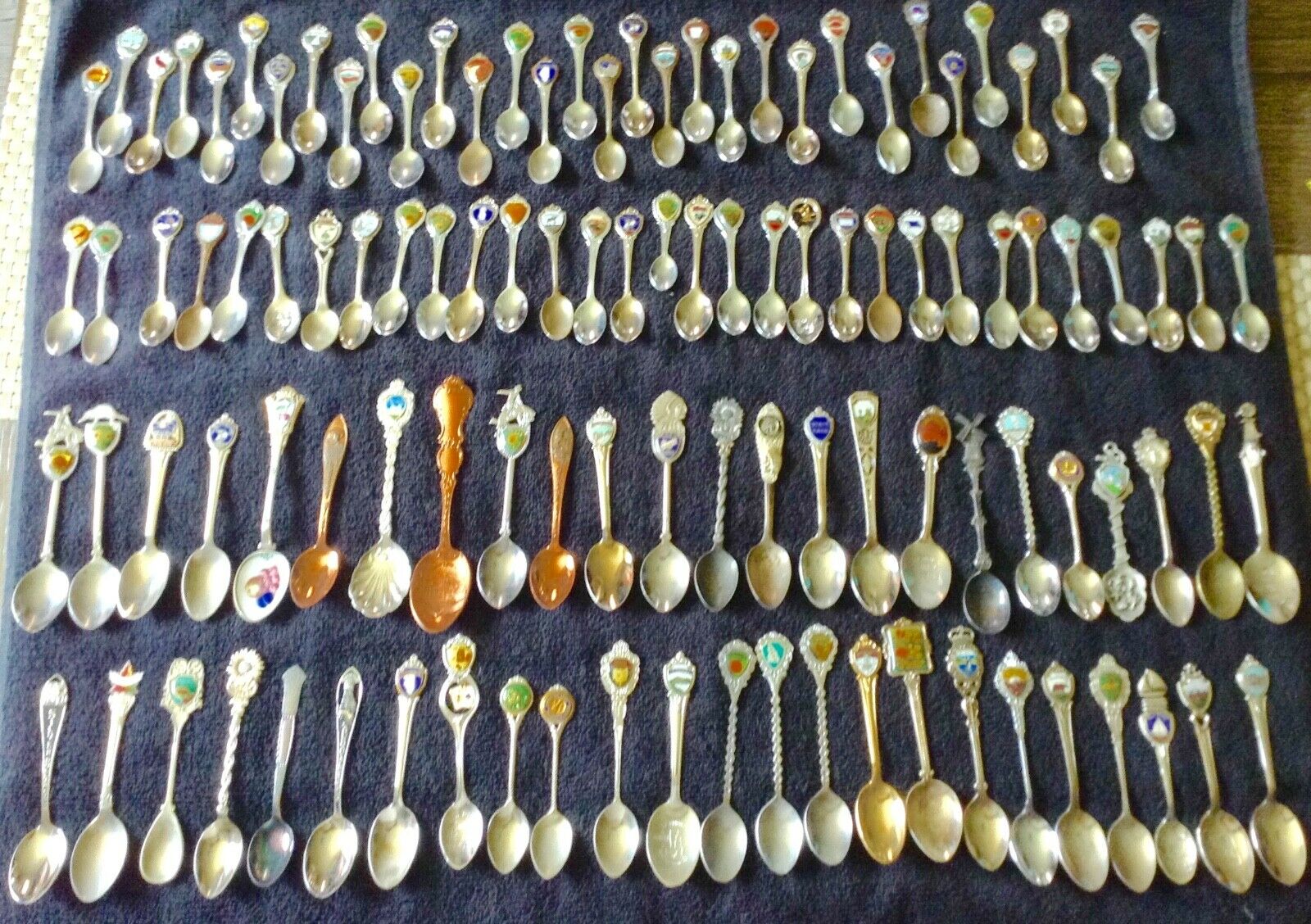-40%
FIGURAL WHALE NEW BEDFORD MASSACHUSETTS SILVER PLATD SOUVENIR SPOON NOT STERLING
$ 55.7
- Description
- Size Guide
Description
Here is a beautiful silver plated spoon from New Bedford Massachusetts known along with Nantucket for whale industry and whaling fishing fleet and commemorating event of 1897. It is featuring figural design of handle in a shape of whale and having embossed scene of big whale and small boat manned by 6 sailors, one of them throwing harpoon at the whale. In the gold finished bowl it has embossed image of harpoon with rope, the writing is 1847 1897. On the back it has no writing. The other identical spoon I have recently sold had writing “COMPLEMENTS OF PAIRPOINT MFG. CO. NEW BEDFORD MASS” so it is the same maker. On the back it does not have makers markings and is not marked STERLING so it must be silver plated. Measures 5" long (127 mm) and is in excellent condition. Shipping on multiple purchases are gladly combined. Please see other, some rare, collector spoons I'm currently listing.More on the subject:
Known as The Whaling City; New Bedford , in Bristol County Mass. , situated on an excellent harbor at the mouth of the Acushnet River has long been noted as the principal whaling city is also a much visited summer resort. The Rise of New Bedford:
In the mid-18th century Nantucket emerged as the world’s most vigorous whaling port, with a substantial fleet dedicated exclusively to pelagic sperm and right whaling on distant grounds, and a highly developed network of merchants and mariners to prosecute the hunt. However, while Nantucketers themselves owned and manned the ships, it was a cartel of merchants in Boston, Newport, and Providence who controlled the catch, refined the oil, manufactured spermaceti candles, and set the prices for oil and bone. The cartel even monopolized the coastwise and foreign export routes that brought American products to market. By the 1760s some of Nantucket’s most prominent whaling merchants, the Rotch and Rodman families, grew weary of the cartel monopoly and rebelled against it, moving their operations to the little village on the Acushnet. Here they continued to mount whaling voyages but also started refining whale oil and manufacturing spermaceti candles on their own. They also developed an independent import-export network up and down the American coast and on both sides of the Atlantic.
It was on this rebellious basis, on the eve of the American Revolution, that New Bedford was really founded and its future course as a whaling port charted.
In 1838 the rail link to Taunton and Providence was completed and New Bedford’s mainland advantage over Nantucket was assured. New Bedford was formally incorporated as a city in 1847, by which time its ships and barks were making voyages of two, three, or even four years in pursuit of sperm whales, right whales, bowheads, humpbacks, and gray whales in virtually every corner of the world: New Bedford had surpassed Nantucket, London, and all other whaling ports both in the size and tonnage of its fleet and the value of its catch.













